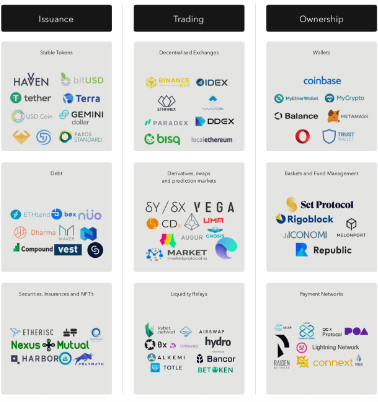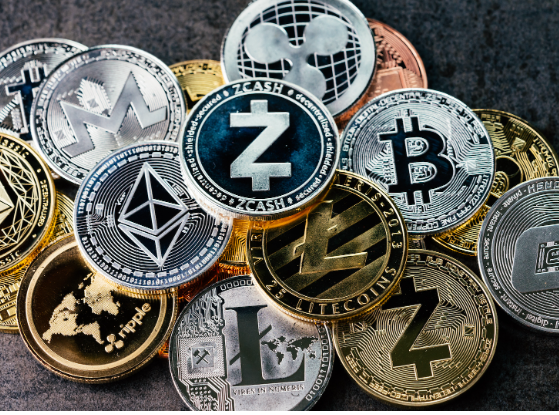Cryptocurrency mining involves solving intricate mathematical algorithms to validate transactions on the blockchain network and receive cryptocurrency rewards. Profitability can be influenced by multiple factors, such as electricity costs, cryptocurrency price, and the efficiency of the mining equipment.
Understanding Cryptocurrency Mining
To validate transactions and add them to the public ledger, miners use powerful computers to solve complex mathematical equations in the process known as cryptocurrency mining. Successful miners receive rewards in the form of newly minted cryptocurrency. By requiring multiple miners to validate each transaction, the process ensures the network’s security and integrity. Mining can be done individually or as part of a pool, which combines resources to increase chances of success. However, mining requires substantial computing power and energy consumption, which can be expensive and have negative environmental consequences.
Choosing the Right Mining Hardware
To ensure profitability in cryptocurrency mining, it is crucial to choose the appropriate mining hardware. Mining hardware is used to solve mathematical algorithms and validate transactions on the blockchain network. Graphics Processing Units (GPUs) and Application-Specific Integrated Circuits (ASICs) are the two main types of mining hardware available. While GPUs are versatile and can mine different cryptocurrencies, ASICs are specifically designed to mine a particular cryptocurrency and are more efficient. In addition to these factors, power consumption, hash rate, and cost should also be taken into account when selecting mining hardware. It is crucial to research and compare various options to find the most suitable mining hardware that aligns with your mining needs and budget.
Setting Up and Running the Mining Operation
To set up and run a cryptocurrency mining operation, several steps must be taken. The first is to obtain the required hardware, such as powerful graphics processing units (GPUs) or application-specific integrated circuit (ASIC) miners. After obtaining the hardware, the miner must install the mining software and connect to a mining pool or engage in solo mining. Proper ventilation and cooling are also essential to prevent the mining equipment from overheating. Furthermore, the miner must consider the cost of electricity and the environmental impact of the energy consumption. Finally, regular maintenance and monitoring are required to ensure the efficiency and profitability of the mining operation.
Monitoring and Maintaining the Mining Equipment
To maintain profitability in cryptocurrency mining, it’s essential to monitor and maintain the mining equipment regularly. This includes ensuring that the hardware is running efficiently and optimally, as well as managing the temperature and power consumption. Overheating can damage the hardware and reduce its lifespan, while excessive power consumption can increase operational costs and decrease profitability. Regular cleaning of the hardware and proper ventilation can help prevent overheating and prolong the lifespan of the equipment. Additionally, software updates and firmware upgrades should be applied promptly to ensure optimal performance and security. Monitoring the mining process and tracking the hashrate can also help identify any performance issues or hardware malfunctions. In the event of a malfunction or breakdown, prompt repairs and replacements should be made to minimize downtime and loss of profitability. By monitoring and maintaining the mining equipment, miners can maximize their profitability and achieve long-term success in cryptocurrency mining.
Maximizing Profitability through Energy Efficiency
To maximize profitability in cryptocurrency mining, it’s important to focus on energy efficiency. The cost of energy can often be a major expense for miners. To reduce energy consumption, miners can use energy-efficient hardware and optimize their mining software settings. Some miners also choose to use renewable energy sources, like solar or wind power, to offset their electricity costs. Another option is to choose a location with cooler temperatures to reduce the need for excessive cooling equipment. Additionally, miners can sell excess energy back to the grid to generate additional income. By implementing these strategies, miners can increase profitability while also reducing their impact on the environment.
Evaluating the Risks and Rewards of Cryptocurrency Mining
Cryptocurrency mining has the potential to be a profitable venture, but it is not without risks. Price volatility is a significant risk factor, as fluctuations in cryptocurrency prices can impact the profitability of mining. Additionally, mining can be affected by regulatory changes, energy costs, and algorithm difficulty levels.
However, cryptocurrency mining also presents the potential for high rewards. Miners can earn cryptocurrency rewards for validating transactions on the blockchain network. Profitability depends largely on the price of the cryptocurrency being mined and the efficiency of the mining hardware.
Investors should carefully evaluate the risks and rewards of cryptocurrency mining before investing. This includes considering the cost of equipment and energy, as well as potential regulatory changes and price fluctuations. It is also important to have a solid understanding of the mining process and to choose the right mining hardware to maximize profitability. With careful evaluation and planning, cryptocurrency mining can be a profitable venture.
Staying Up-to-Date with Mining Trends and Innovations
Staying current with mining trends and innovations is essential for maximizing profitability and maintaining competitiveness in the cryptocurrency mining sector. Miners should frequently conduct research and track new advancements in hardware and software, as well as energy-efficient mining methods.
Participating in mining communities and forums can also provide valuable insights and knowledge from other miners. Additionally, following industry leaders and experts on social media platforms can keep miners informed about the latest news and trends.
Finally, attending industry conferences and events can provide opportunities to network with other miners and learn about the most recent technologies and innovations. By staying informed and adaptable, miners can remain at the forefront and achieve greater profitability in their mining operations.







